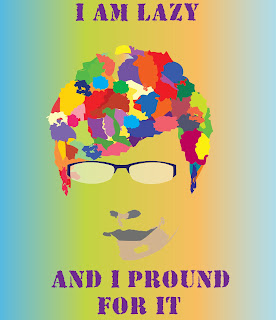Concept art is a form of illustration where the main goal is to convey a visual representation of a design, idea, and/or mood for use in films, video games, animation, or comic books before it is put into the final product. Concept art is also referred to as visual development and/or concept design. This term can also be applied to retail design, set design, fashion design and architectural design.
A concept artist is an individual who generates a visual design for an item, character, or area that does not yet exist. This includes, but is not limited to, film production, animation production and more recently video game production. A concept artist may be required for nothing more than preliminary artwork, or may be required to be part of a creative team until a project reaches fruition. While it is necessary to have the skills of a fine artist, a concept artist must also be able to work to strict deadlines in the capacity of a graphic designer. Some concept artists may start as fine artists, industrial designers, animators, or even special effects artists. Interpretation of ideas and how they are realized is where the concept artist's individual creativity is most evident, as subject matter is often beyond their control
The two most widely covered themes in concept art are science fiction and fantasy. Concept art has always had to cover many subjects, being the primary medium in film poster design since the early days of Hollywood, however, since the recent rise of concept art used in video game production concept art has expanded to cover genres from football to the Mafia and beyond
Concept art ranges from photorealistic to traditional painting techniques. This is facilitated by the use of special software by which an artist is able to fill in even small details pixel by pixel, or utilize the natural paint settings to imitate real paint. When commissioning work, a company will often require a large amount of preliminary work to be produced. Artists working on a project often produce a large turnover in the early stages to provide a broad range of interpretations, most of this being in the form of sketches. Later pieces of concept art are produced as realistically as required.











